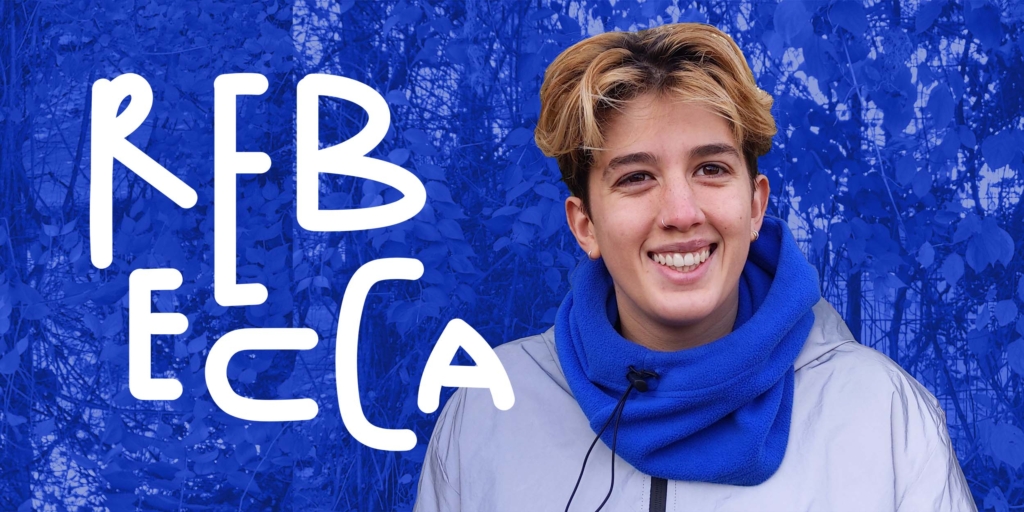Join our webinars: Getting started with Datawrapper, and a Maps Deep Dive
June 20th, 2023
3 min
Datawrapper lets you show your data as beautiful charts, maps or tables with a few clicks. Find out more about all the available visualization types.
Our mission is to help everyone communicate with data - from newsrooms to global enterprises, non-profits or public service.
We want to enable everyone to create beautiful charts, maps, and tables. New to data visualization? Or do you have specific questions about us? You'll find all the answers here.
Data vis best practices, news, and examples
100+ articles that explain how to use Datawrapper
Answers to common questions
An exchange place for Datawrapper visualizations
Attend and watch how to use Datawrapper best
Learn about available positions on our team
Our latest small and big improvements
Build your integration with Datawrapper's API
Get in touch with us – we're happy to help

With Rose, Margaux, and Marten, we added three great new members to the Datawrapper team in the past few months. Now we’re excited to introduce the fourth and probably last hire this year: Rebecca Peake is joining us as a junior software developer, supporting our growing team of developers.
We asked Rebecca a few questions to get to know her better:
Hey, my name is Rebecca, although everyone calls me Becca. I have a mixed background in both the visual arts and science. I love problem-solving and am excited for the challenges my job as a developer at Datawrapper will bring. In addition to web development, I would like to use my time at Datawrapper to explore more data visualization software and techniques.
Outside work I have many ways of passing my time, from knitting awful scarfs to building bicycles. Having moved to Berlin only a few weeks ago, I’m spending most of my weekends in IKEA or going cold-water swimming in the lakes around the city.
I have recently finished a master’s in theoretical physics in the U.K. In my final years of university, I specialized more in the quantum side of things, specifically in quantum computing. I have often looked for patterns and opportunities for creative exploration within my subject. Recently, I used IBM’s open-source quantum computer, Qiskit, to create a piece of digital art:
Prior to my physics degree, I completed an art foundation at the University of the Arts London in film and animation. This is really where I realized that a person couldn’t rely on the ideas in their head being automatically understood by others, and that one of the quickest and most intuitive ways of communicating was through visual means.
I think it’s so important to have freely accessible software like Datawrapper provides. Not everyone can (or should) dedicate their time to learning how to code their own visualizations.
After finishing my degree, I was looking for a job where I would be able to combine my creative and scientific sides. I struggled to find such a job, until I discovered the world of data vis — a perfect balance!
I have worked with data throughout my degree, collecting, manipulating, and visualizing it. By far the most exciting data-based project I worked on used data collected from the LHCb detector in CERN. The data was used to create Dalitz plots to investigate the unequal production of a subatomic particle and its antiparticle equivalent. This pointed towards the matter-antimatter asymmetry problem, one of the biggest questions in modern physics.

Unfortunately, physicists’ data visualizations are mostly created for other physicists, not for the general public. These visualizations have a very specific task, and there is little room for creative design.

A few Christmases ago, my dad bought me a very good book by Edward Tufte on visualising information. This is where I really started to see the importance of good design in data visualization. And how data, when treated well, could really be something beautiful.
Welcome, Rebecca! It’s great to have you with us. To see more of Rebecca’s art, visit her on Instagram as @phart_1998.
Comments